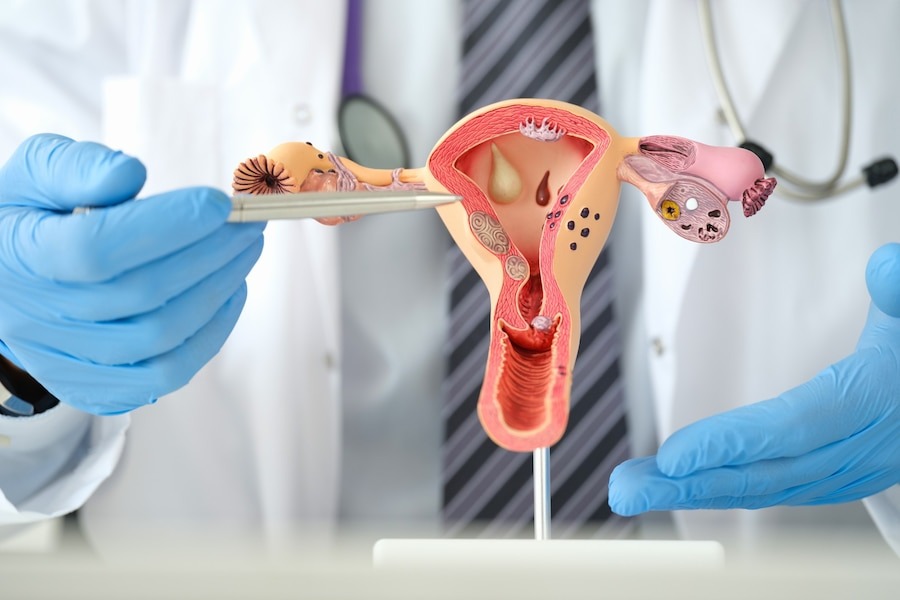Endocervical cancer, while relatively rare, remains a critical concern in women’s health. Originating in the cells lining the cervix’s endocervical canal, this type of cancer requires comprehensive understanding and effective management strategies for optimal outcomes.
Understanding Endocervical Cancer
Endocervical cancer primarily emerges from the glandular cells lining the cervix’s inner canal. It falls under the broader category of cervical cancer, yet its distinct cell origin and characteristics warrant specific attention. The disease is often associated with human papillomavirus (HPV) infection, emphasizing the importance of preventive measures and regular screenings.
Causes and Risk Factors
Persistent HPV infection is a significant risk factor for endocervical cancer. Factors such as multiple sexual partners, smoking, a weakened immune system, and a history of cervical dysplasia increase the likelihood of developing this cancer. However, many cases arise without identifiable risk factors, highlighting the multifactorial nature of the disease.
Symptoms and Diagnosis
Early stages of endocervical cancer may present with subtle or no symptoms. As the disease progresses, women might experience abnormal vaginal bleeding, pelvic pain, unusual vaginal discharge, or discomfort during intercourse. Diagnosis involves a thorough pelvic examination, Pap tests, HPV testing, colposcopy, biopsy, and imaging studies to determine the extent of cancer spread.
Treatment Approaches
Treatment options depend on the cancer’s stage, size, and overall health of the patient. Standard treatments include surgery, radiation therapy, chemotherapy, or a combination of these. Early-stage cancers might be managed with surgery, while advanced cases may require a more aggressive approach combining radiation and chemotherapy.
Prognosis and Prevention
Early detection significantly improves outcomes for endocervical cancer. Regular screenings, including Pap tests and HPV vaccination, are crucial preventive measures. Vaccination against high-risk HPV strains plays a pivotal role in preventing cervical and endocervical cancers, emphasizing the importance of vaccination programs for both young girls and boys.
Conclusion
Endocervical cancer poses a significant health challenge, necessitating comprehensive preventive measures, early detection, and effective treatment strategies. While advancements in screening and vaccination have improved outcomes, continued awareness, education, and access to healthcare remain vital in combating this disease. With concerted efforts in prevention, early diagnosis, and treatment, there is hope for better outcomes and improved quality of life for those affected by endocervical cancer.


